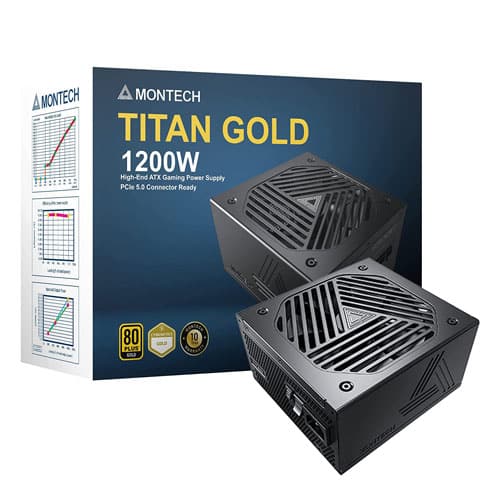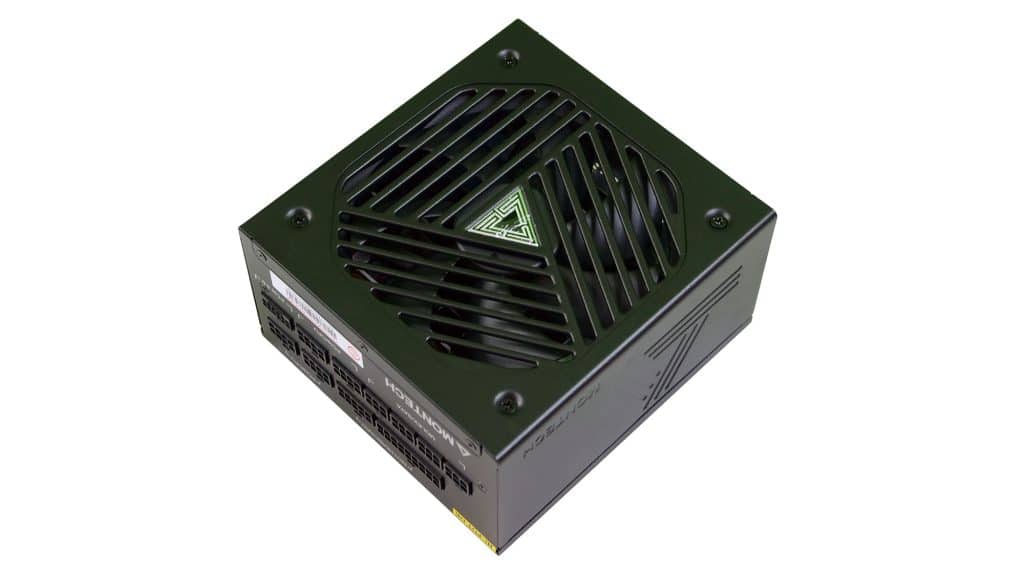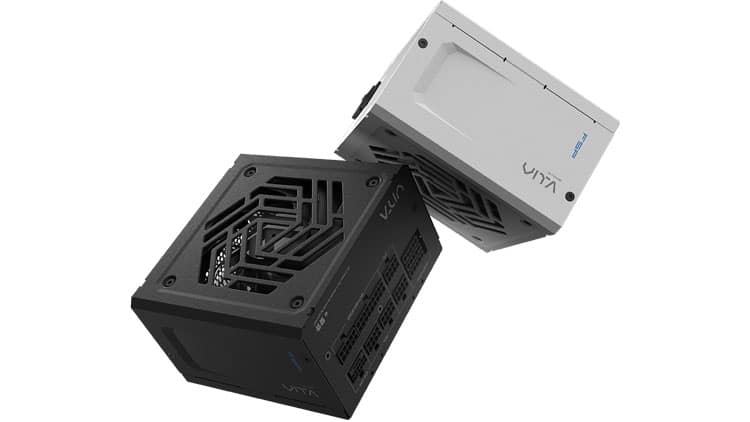Epilogue
Montech made a strong entry in the ATX v3.0 market with its Titan Gold line. After reviewing the 1000W member of the line, the 1200W unit’s turn proved pretty good, achieving second place in the overall performance chart. Only the NZXT C1200 manages to take the performance lead by a small margin, but this unit costs 100 dollars more! The Thermaltake GF3 1200 loses overall performance, having a higher price tag. This makes the Montech Titan Gold 1200 a good deal, especially since it is covered by the same extended warranty that the brands mentioned above provide; Montech lowered its profit to offer this product at the best possible price since it’s a new player in the PSU market and wants to leave a good impression. This is good news for all of you after a good 1200W PSU featuring a 600W 12VHPWR connector.
The average noise output is high, but you will get high noise only if you push the PSU hard. The unit offers a silent operation at up to moderate loads thanks to its semi-passive operation, and you will pass the 30 dBA mark only if you push the 12V rail with more than 900W of load.
Overall, the Montech Titan Gold 1200 is a good power supply, compatible with the ATX v3.0 and PCIe 5.0 standards, and sold at a competitive price. Moreover, it is among the few PSUs having properly tuned protection features, which are crucial for every PSU.
To check all alternative PSU offerings, read my Best ATX v3.0 PSUs article before investing in a new power supply. You help me a lot by using my affiliate links, which don’t increase the product’s price. I get a commission from Amazon every time you do it, which can make a difference for me, especially now that I am on my own, working exclusively for my media and not for someone else.
- Delivered full power at 47°C
- High performance
- High performance per price ratio
- ATX v3.0 and PCIe 5.0 ready
- Properly tuned protection features
- Good transient response performance at 12V
- Good ripple suppression
- High build quality
- Silent operation at light and moderate loads
- Efficient
- Good APFC performance
- Long hold-up time
- Long and accurate power ok signal
- Low vampire power
- Alternative Low Power Mode (ALPM) compatible
- Fully modular
- Enough connectors, including a 12VHPWR (600W)
- Adequate distance (150mm) between SATA connectors
- FDB fan
- Ten-year warranty
- Increased inrush currents
- Load regulation should be tighter at 12V
- Mediocre transient response at 3.3V
- Not efficient 5VSB rail
- Small distance (120mm) between 4-pin Molex connectors





Thanks Hardware Busters for the review on the Montech Titan PSU line. I never would have given Montech a chance without your knowledge. I ordered a Montech Titan 1200 for my new PC rig. I fully support new companies bringing quality and competition to any market.
My unit has coil whine (more like intermittent chirping) at low loads. As soon as I launch a game or put a 50 – 100w+ load on the system it’s dead silent.
I’ve managed to ‘fix’ it by disabling Intel c6 and c7 states (c1e enabled) and increasing idle GPU clocks from 210/400 to 300/810 MHz using nvidia-smi. If I disable all the c states including c1e I can keep the GPU at stock idle speeds, but I don’t want my CPU at maximum voltage all the time.
The reason this works is because, for whatever reason, the chirping seems to be caused by very low loads on the +12v rail. I’m guessing the PSU is trying to retain gold efficiency across the entire load range on the +12v rail and it struggles at very low loads.
When idling and light browsing at stock settings my CPU consumes 2 – 5w and the GPU consumes 30w. With c6/7 states disabled and higher GPU clocks the CPU consumes 5 – 15w and the GPU consumes 40w. That’s a 20w increase and it’s 100% worth it because the chirping is unbearable without headphones.
specs:
i7 13700k
32GB DDR5 6400MHz
Palit Gamerock RTX 3090 Ti
The resonant tank is usually the culprit at light loads.
I’ve owned many power supplies and this is the first one that exhibits this behavior. There have been reports of it happening on other CWT CSZ based PSUs (TT GF3, NZXT C1200), but it doesn’t seem to be a widespread problem. It’s probably just a bad batch or a small percentage of defective units.
Fortunately it’s easy to fix by slightly increasing idle power consumption.
My unit has also coil whine at low loads and it is so annoying.
Unfortunately coil whine is an issue for most LLC resonant converters, used in modern PSUs.